Best art exhibitions in late 2025: Europe
Carrington in Milan, Sargent in Paris, Thiebaud in London and unicorns in Potsdam — here are a dozen fabulous shows across the continent you won’t want to miss
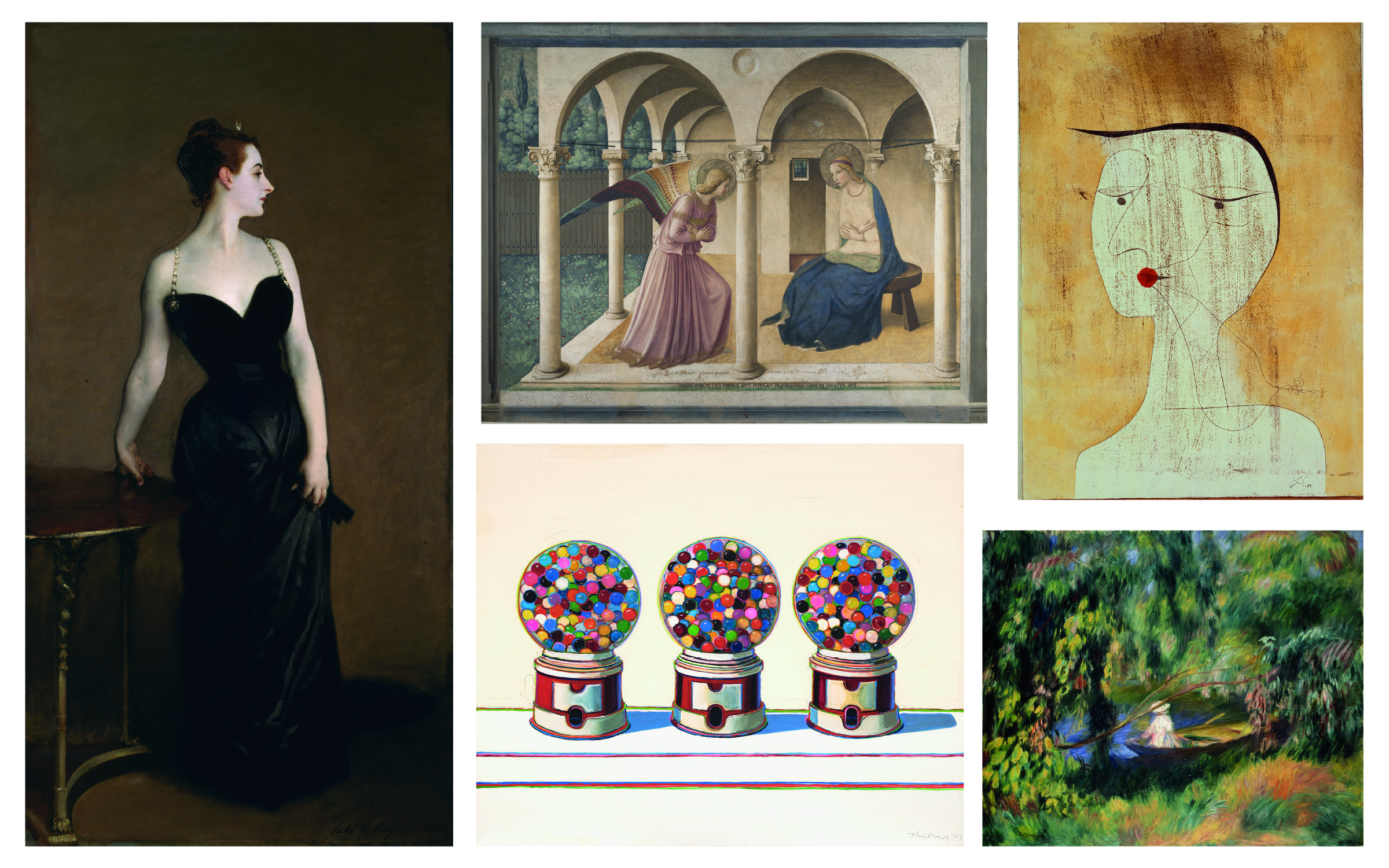
Leonora CarringtonPalazzo Reale, Milan
20 September 2025 to 11 January 2026
‘Quel désir d’extravagance!’ declared André Breton on seeing Leonora Carrington’s paintings for the first time in 1937. At just 20 years of age, the British-born Carrington understood the tenets of Surrealism well enough to create macabre dreamscapes that unsettle the mind. Carrington’s paintings are populated with occult imagery, powerful beasts and pale, emaciated figures.
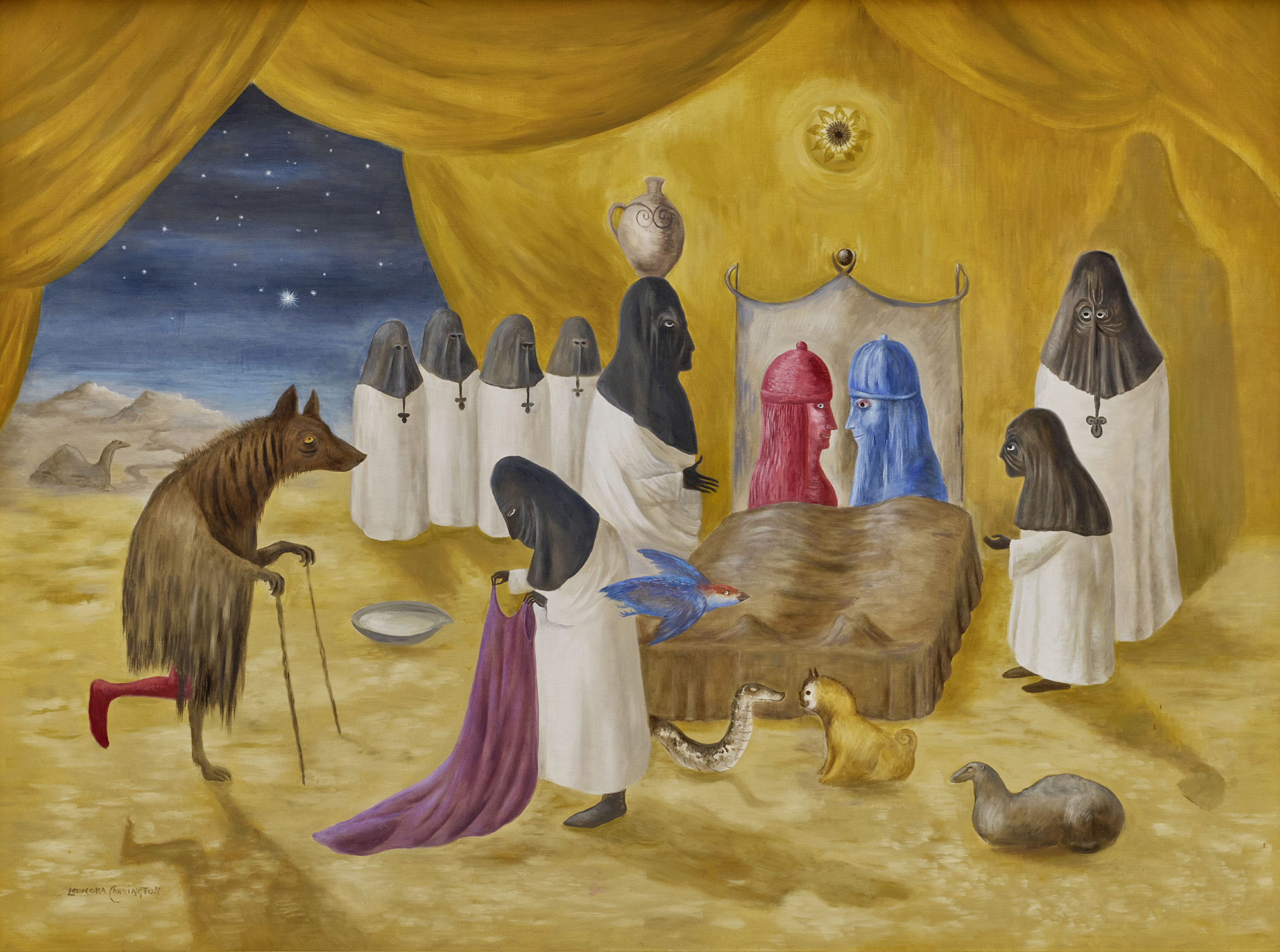
Leonora Carrington (1917-2011), The Lovers, 1987. Oil on canvas. 76 x 103 cm. FAMM (Female Artists of the Mougins Museum), France / The Levett Collection. © Estate of Leonora Carrington, by SIAE 2025
This exhibition at the Palazzo Reale in Milan is the first comprehensive survey of Carrington’s career ever to be shown in Italy. Carrington used Surrealism and motifs from Mexican folklore to explore what it meant to be female in the 20th century. The exhibition features paintings, photographs, writings and ephemera that make connections between magic, the imagination, motherhood and madness, resulting in a rich psychological narrative.
Sargent: The Paris Years (1874-1884)Musée d’Orsay, Paris
23 September 2025 to 11 January 2026
In 1874, a precocious 18-year-old art student named John Singer Sargent arrived in Paris. Within a decade, he had enrolled at the city’s Ecole des Beaux-Arts, exhibited at the Salon and risen to become a celebrated portraitist known for his dazzling technical abilities — before it all came crashing down when he unveiled his Portrait of Madame X. The scandalous depiction of the socialite Virginie Gautreau, with her snow-white skin and plunging neckline, was met with such hostility that a bruised Sargent left for London and even contemplated abandoning painting altogether.
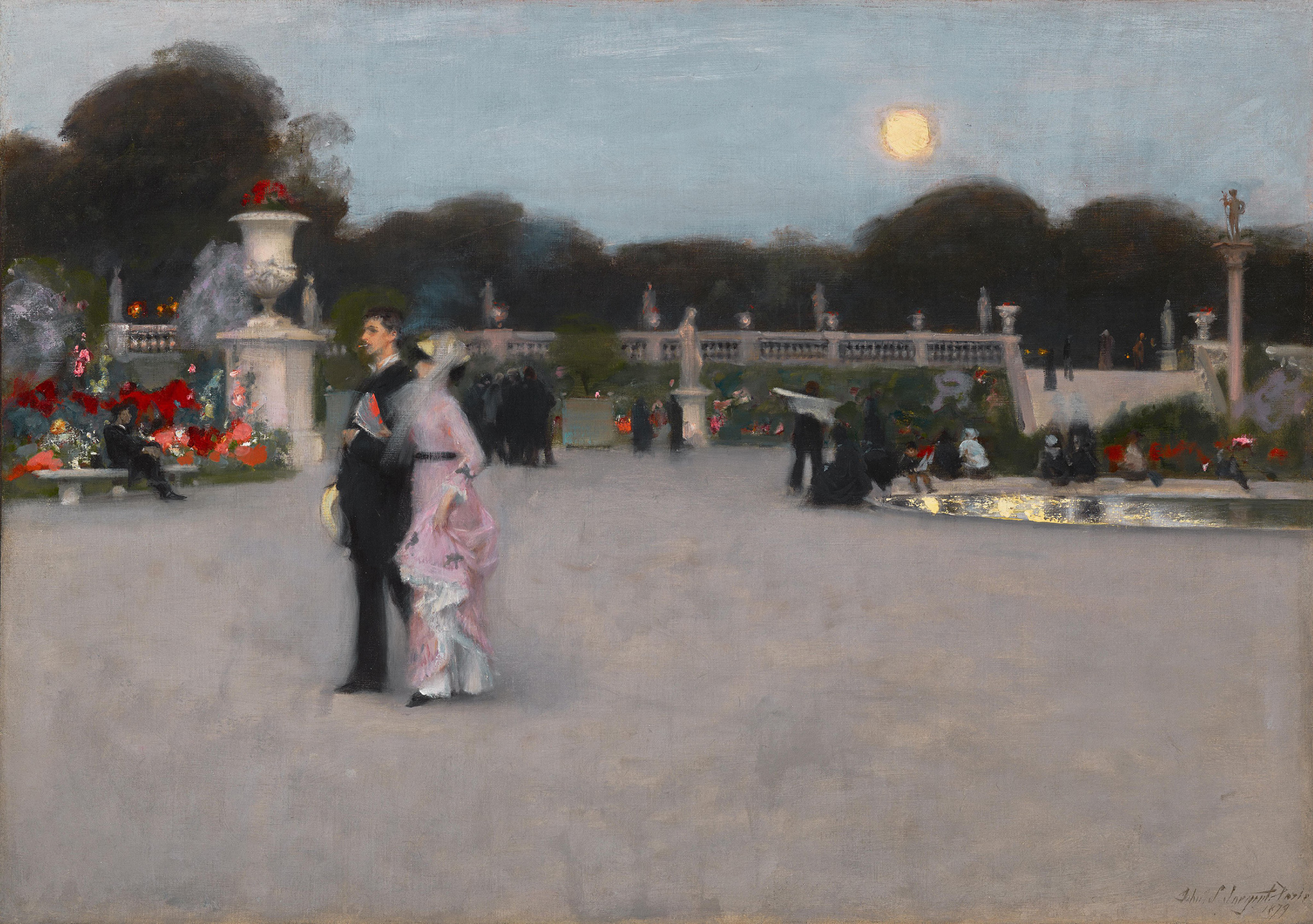
John Singer Sargent (1856-1925), In the Luxembourg Gardens, 1879. Oil on canvas. 66.7 x 92.4 cm. John G. Johnson Collection, 1917. Philadelphia Museum of Art. Photo: © Philadelphia Museum of Art
The work now resides in New York’s Metropolitan Museum of Art, where it’s considered the gallery’s equivalent of the Mona Lisa. It was the linchpin of the Met’s recent exhibition Sargent and Paris, which now travels to France, where, surprisingly, the artist has been largely forgotten. It will be the first time that Portrait of Madame X has been on view in Paris since its 1884 debut.
It’s joined by more than 90 other works that tell the fascinating story of the 10 career-defining years Sargent spent in the cosmopolitan capital. Among them are the important loans Dr Pozzi at Home from LA’s Hammer Museum; The Daughters of Edward Darley Boit from the MFA Boston; In the Luxembourg Gardens from the Philadelphia Museum of Art; and Setting Out to Fish from the National Gallery of Art, Washington, D.C.
Cezanne, Monet, Renoir: French Impressionism from Museum LangmattThe Belvedere, Vienna
25 September 2025 to 8 February 2026
The Museum Langmatt in Baden, Switzerland, was once home to the Swiss couple Jenny and Sidney Brown, who used their fortune made in electrical engineering to build up a stunning collection of Impressionist and Post-Impressionist artworks.
Their passion for paintings with a focus on colour and light began on their honeymoon in France in 1896, when they discovered the landscapes of Eugène Boudin. Before long, they were acquiring paintings by Pierre Bonnard, Claude Monet and Camille Pissarro.
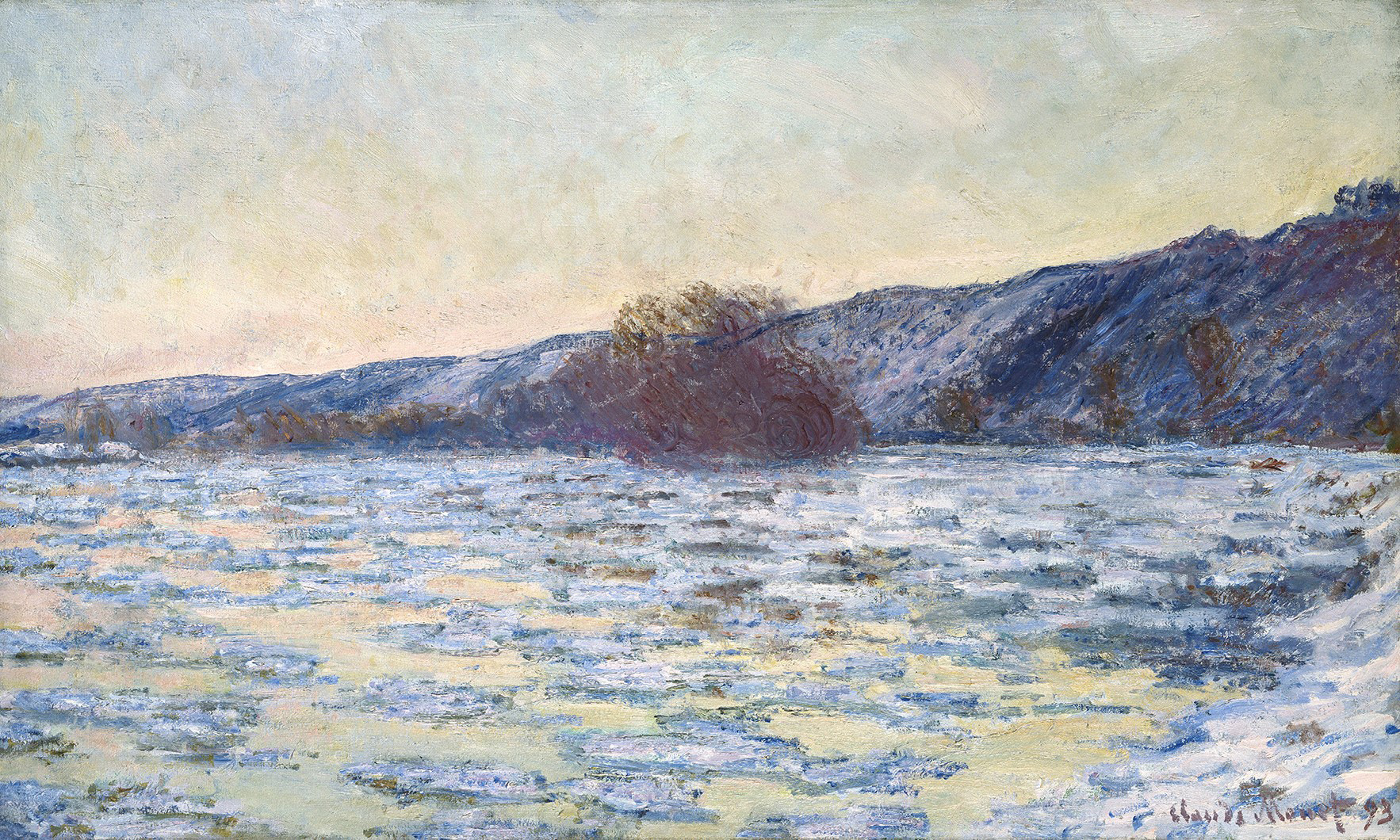
Claude Monet (1840-1926), Ice Floes at Twilight, 1893. Museum Langmatt, Stiftung Langmatt Sidney and Jenny Brown, Baden, Switzerland
At a time when Impressionist and Post-Impressionist art was still seen as contentious, the Browns defied convention, although not without trepidation. Jenny readily admitted they didn’t dare put their collection on display, ‘too fearful of questions from our friends and acquaintances’.
Today, Villa Langmatt is owned by the city of Baden, and while the house is undergoing restoration, some 50 works from the collection will travel to the Belvedere in Vienna. Among the artists represented are Mary Cassatt, Cezanne, Monet and Renoir.
Fra AngelicoPalazzo Strozzi, Florence
26 September 2025 to 25 January 2026
Palazzo Strozzi is staging an exhibition devoted to the 15th-century Italian master Fra Angelico that is unprecedented in its scale. The artist’s work is regarded as contributing to the demise of the late Gothic style, and subsequently laying the foundations for the Florentine Renaissance. He is revered for his groundbreaking mastery of light and perspective, as well as for the complex relationships he developed between figures and space. His paintings are also notable for being rooted in the intense spiritual conviction of an artist who was also a friar.
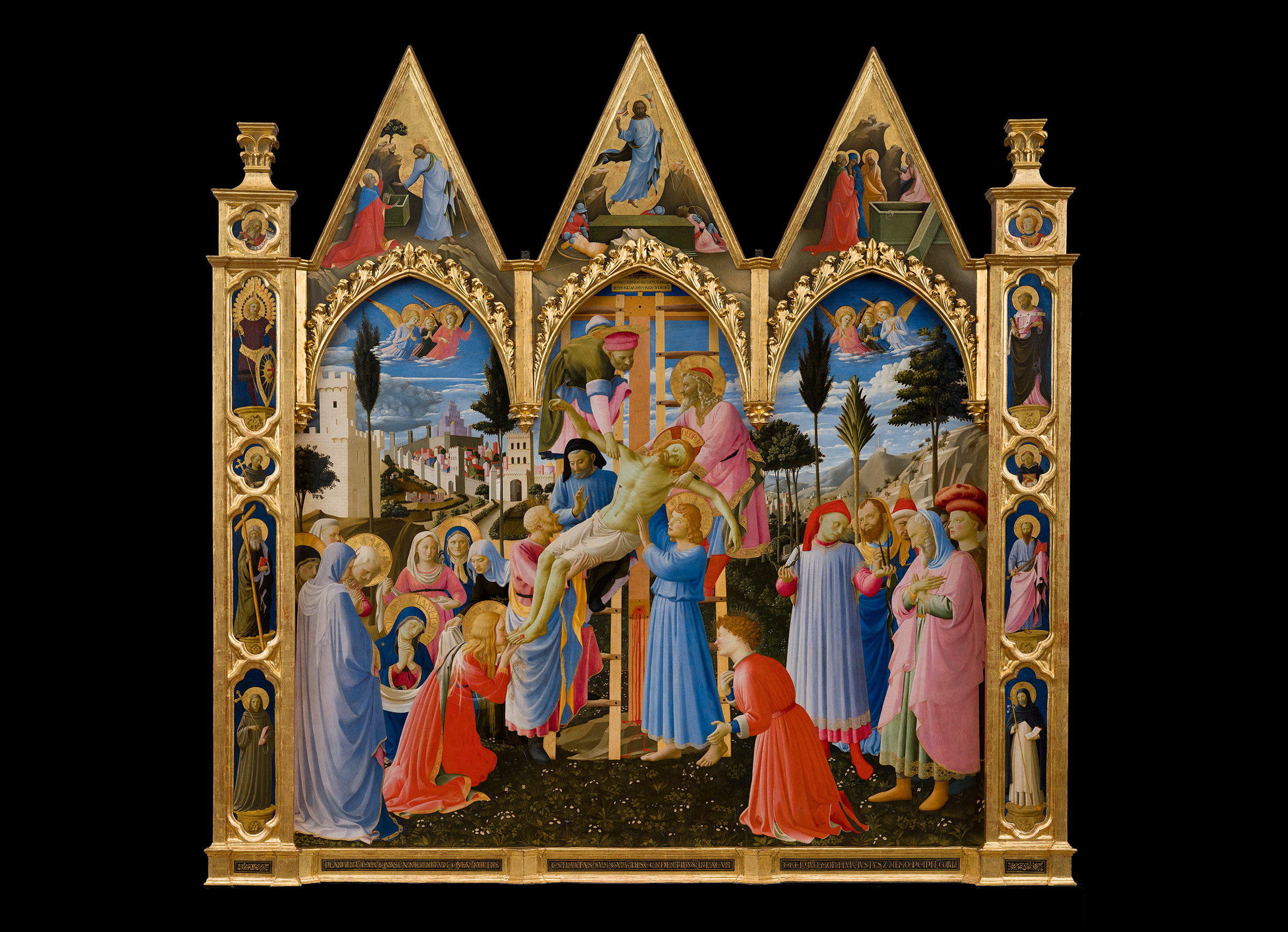
Lorenzo Monaco (c. 1370-1424) and Fra Angelico (c. 1395-1455), Strozzi Altarpiece, c. 1421-24; c. 1430-32. Tempera and gold on panel. 277 x 283 cm (overall). Photo: Courtesy Ministero della Cultura — Direzione regionale Musei nazionali Toscana — Museo di San Marco
The show is being organised in collaboration with the nearby Museo di San Marco, originally a Medici-commissioned Dominican convent where Angelico lived and worked — often painting directly onto the walls. There will be more than 120 works on display, spanning paintings, drawings, sculptures and illuminated manuscripts, with important loans coming from institutions such as the Louvre, the Met, the Rijksmuseum and the Vatican.
New scholarship and conservation work will be unveiled in the exhibition, which will also see the reunification of several altarpieces that were dismantled and dispersed hundreds of years ago. It’s little surprise that this mammoth project has been more than four years in the making.
Wayne Thiebaud. American Still LifeThe Courtauld Gallery, London
10 October 2025 to 18 January 2026
The career of American painter Wayne Thiebaud was defined by a piece of advice he received from his friend Willem de Kooning in the late 1950s. ‘Find something you love and… deal with it,’ de Kooning said. Thiebaud, who had worked in a cafeteria as a young man, duly set to work painting pies, pastries, doughnuts and other tempting treats, along with gumball dispensers and pinball machines.
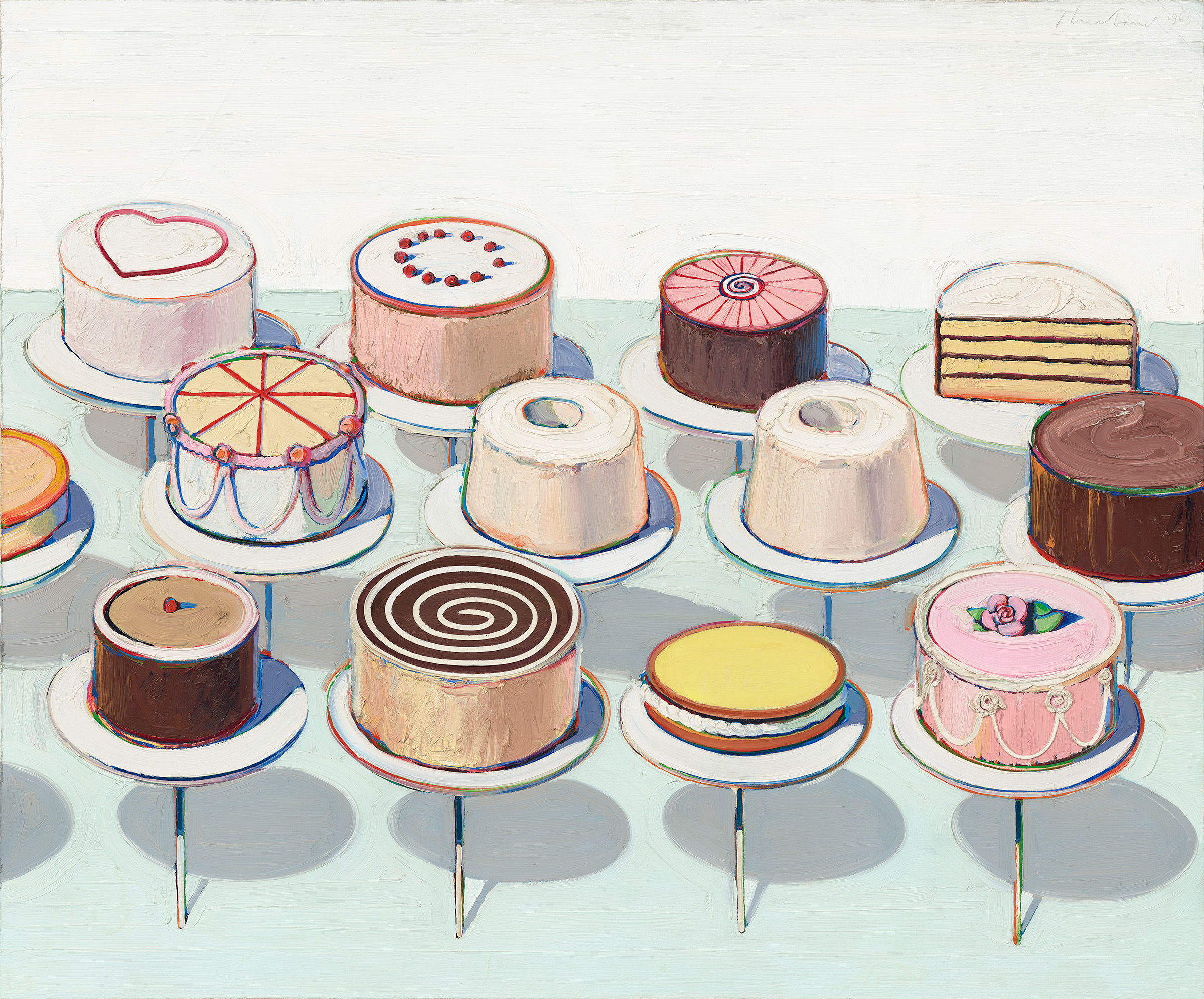
Wayne Thiebaud (1920-2021), Cakes, 1963. Oil on canvas, 152.4 x 182.9 cm. National Gallery of Art, Washington, D.C. © Wayne Thiebaud / VAGA at ARS, NY and DACS, London 2025. Photo: Courtesy National Gallery of Art, Washington
Thiebaud’s first museum exhibition in the UK, focusing on his break-out period in the 1960s, will include a host of works from public and private collections in his homeland. Perhaps the most notable of these is the 1963 painting Cakes, which is owned by the National Gallery of Art, Washington, D.C., and is being lent for the first time outside the US.
Thiebaud’s works are regarded today as quintessential examples of Pop art. The man himself, however, said he had ‘no real interest’ in that movement, preferring to see his work as part of the long tradition of still-life painting.
Yayoi KusamaFondation Beyeler, Basel
12 October 2025 to 25 January 2026
Now aged 96 and still producing art, Yayoi Kusama has had a prodigious career — although it was nearly over as soon as it began, thanks to a mother who routinely used to rip up her pictures. Replete with the polka dots and pumpkins for which Kusama is renowned, this 300-work retrospective will offer an overview of her eight-decade career, most of which she has spent in her native Japan, apart from a spell as part of New York’s avant-garde scene from the late 1950s to the early 1970s.
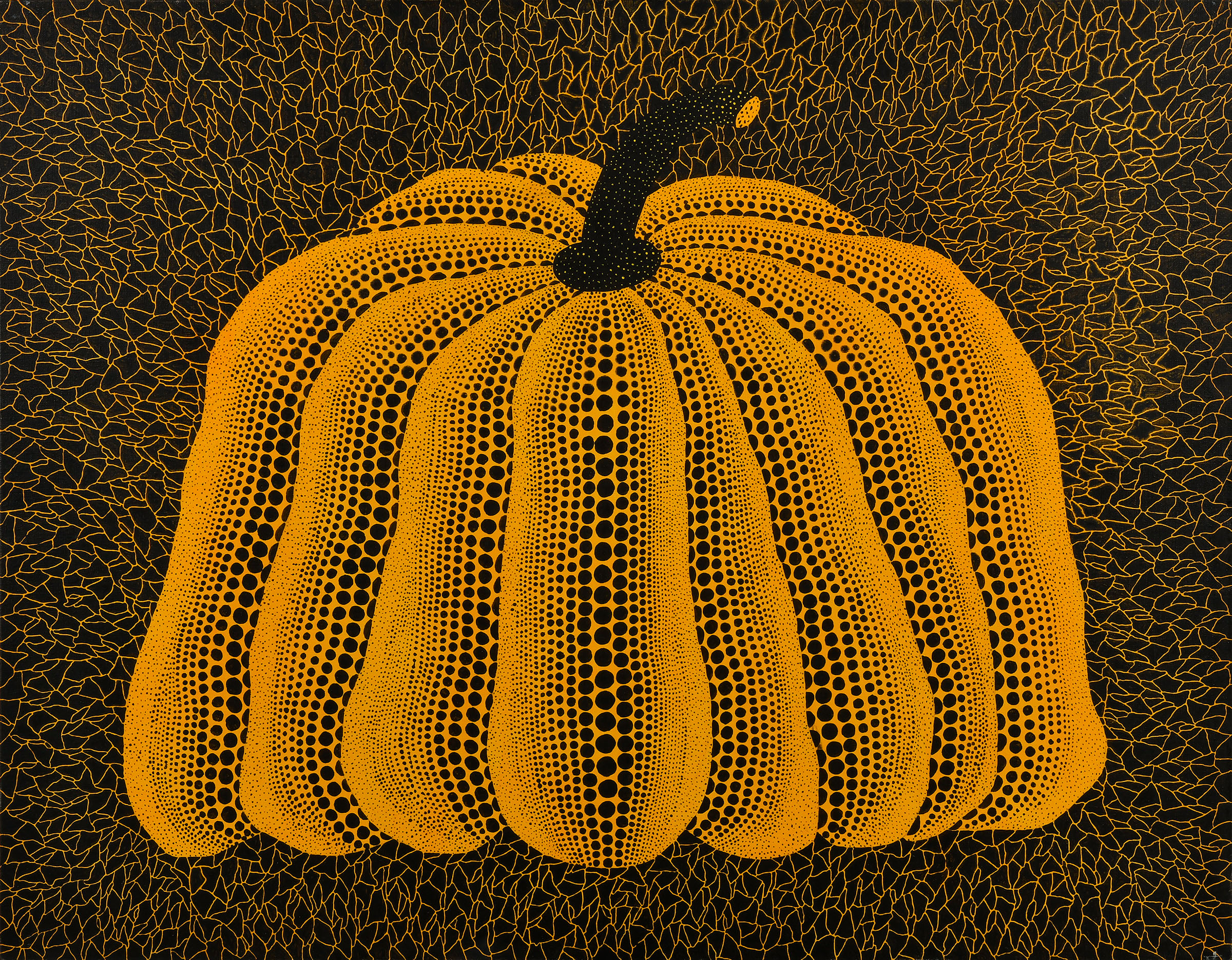
Yayoi Kusama (b. 1929), Pumpkin, 1991. Acrylic on canvas. 91 x 116.7 cm. Collection of the artist. © YAYOI KUSAMA
The show has been organised by Fondation Beyeler along with Museum Ludwig in Cologne and the Stedelijk Museum in Amsterdam, and will travel to those two venues in 2026.
The exhibition will feature a new example of Kusama’s much-loved ‘Infinity Mirror Room’ installations. These are rooms covered entirely in mirrors, which become wondrous chambers of infinite reflection. The rest of the show will unfold across Fondation Beyeler’s galleries and into its garden, creating a flow of art from indoors to out.
Opening of Fondation CartierPlace du Palais-Royal, Paris
25 October 2025
Situated opposite the Louvre on the Place du Palais-Royal, the new Fondation Cartier pour l’art contemporain is housed in Jean Nouvel’s hotly anticipated reconfiguration of the former Louvre des Antiquaires building. The French architect has reimagined the interior to create a structure with five moving platforms, giving the museum maximum flexibility in its exhibition programme. It is hoped that it will attract a million visitors a year.
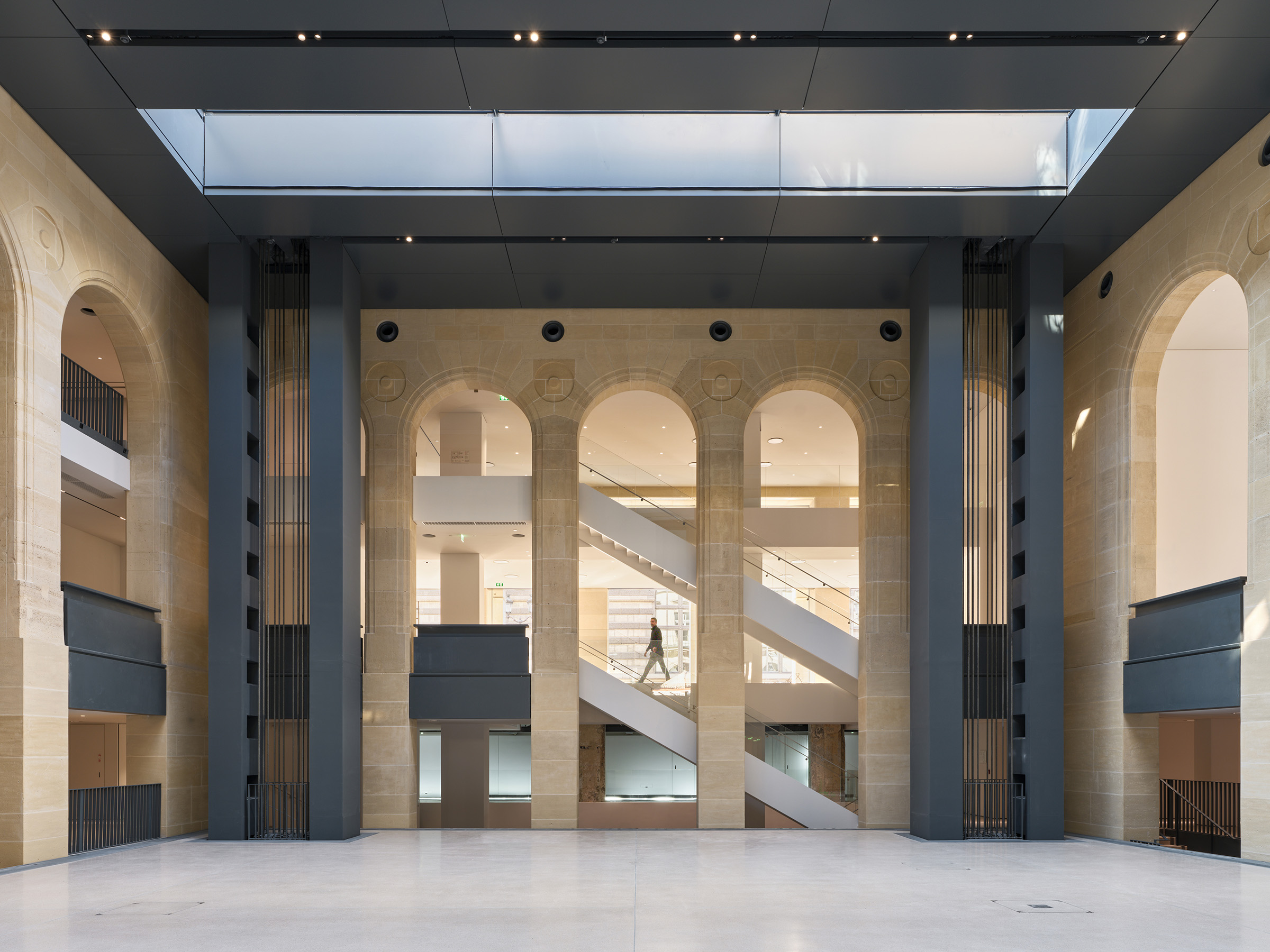
The new premises of Fondation Cartier, under construction in the Place du Palais-Royal, Paris. © Jean Nouvel / ADAGP, Paris, 2024
In keeping with the foundation’s original values, the new site will continue to showcase the very best art, architecture, design, film and fashion. The opening exhibition draws on the museum’s 4,500-strong art collection, which includes work by Nan Goldin, Raymond Depardon and Chéri Samba.
In recent years, the French capital has become something of a destination for private museums, with the opening of the Fondation Louis Vuitton in the Bois de Boulogne in 2014 and Francois Pinault’s Bourse de Commerce in 2021. The opening of Fondation Cartier’s vast new venue should help boost the city’s already vibrant art scene.
Unicorn: The Mythical Beast in ArtMuseum Barberini, Potsdam
25 October 2025 to 1 February 2026
In Lewis Carroll’s novel Through the Looking-Glass, and What Alice Found There, the heroine meets a lion and a unicorn. The latter tells Alice that he had always thought children were ‘fabulous’ creatures, before adding, ‘if you believe in me, I’ll believe in you’.
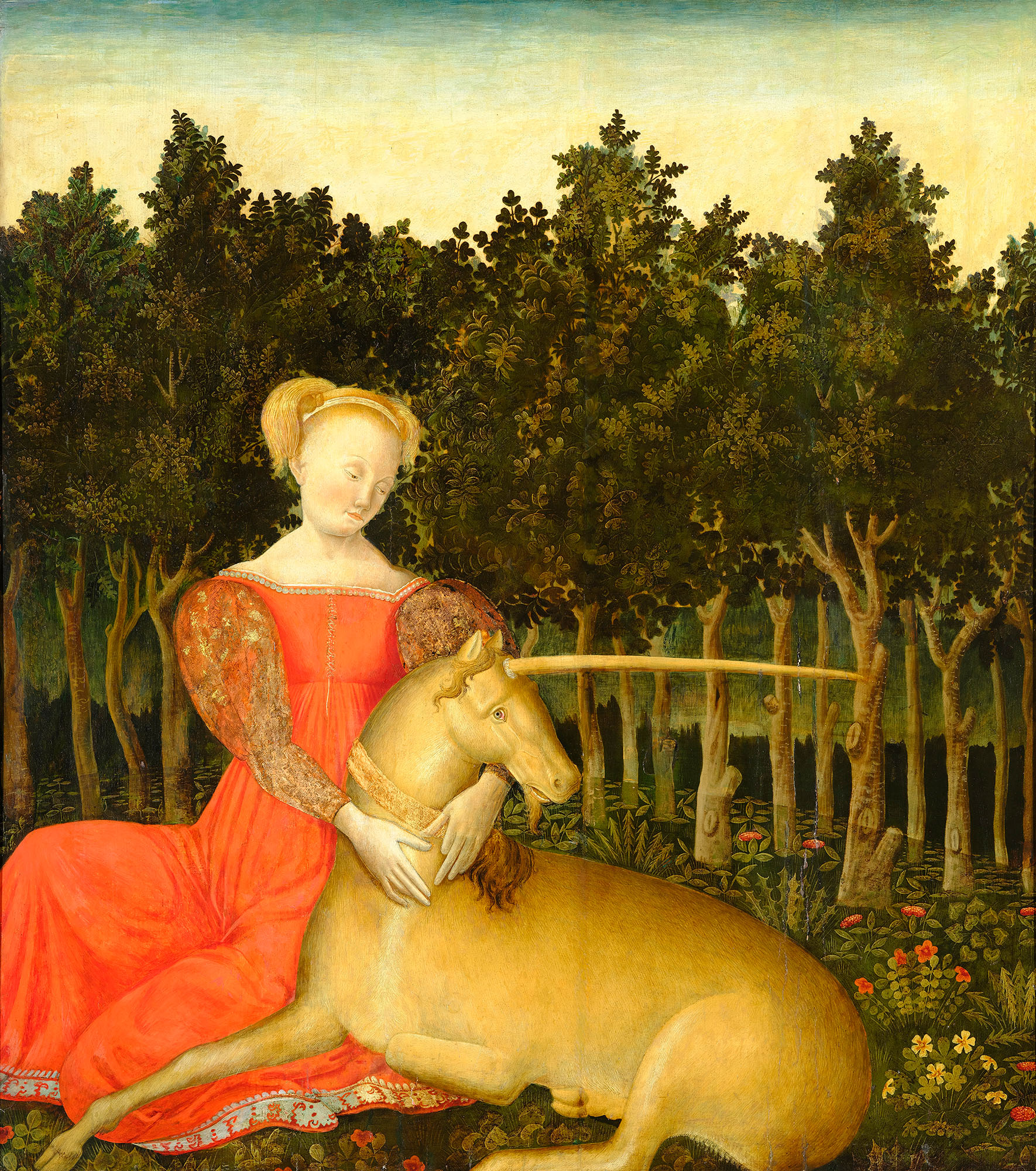
Master of the Story of Helen (active mid-15th century), Maiden with Unicorn. Tempera and gold on wood. 100 x 90 cm. Keresztény Múzeum, Esztergom. Photo: © Keresztény Múzeum, Esztergom / Attila Mudrák
The curators of this exhibition suggest that the idea of a horse-like creature with a single horn on its forehead originated in India thousands of years ago, and spread from there. Over time, the unicorn has taken on a range of connotations. A symbol of purity, it came to be associated with Christ, for example, during the Middle Ages.
The creature has appealed to numerous artists, and the show features 150 works by the likes of René Magritte, Rebecca Horn, Arnold Böcklin and Hans Baldung Grien. Also on view will be a 13th-century Persian tile of a unicorn fighting an elephant, and an 18th-century Tibetan sculpture of a kneeling unicorn.
Picasso and Klee in the Heinz Berggruen CollectionMuseo Nacional Thyssen-Bornemisza, Madrid
28 October 2025 to 1 February 2026
When the dealer and art collector Heinz Berggruen loaned and later sold a large number of Post-Impressionist and modern art paintings to the Nationalgalerie in Berlin, the gallery’s director wrote of Berggruen’s ‘unique gesture of reconciliation’ in returning to Berlin the type of paintings that had been driven out by the Nazis, among them works by Pablo Picasso and Paul Klee. While the Nationalgalerie undergoes a period of restoration, 50 masterpieces by these great modernists from the Heinz Berggruen collection will travel to the Thyssen-Bornemisza museum in Madrid.
Pablo Picasso (1881-1973), Dora Maar with Green Fingernails, 1936. Oil on canvas. 65 x 54 cm. Museum Berggruen, Neue Nationalgalerie, Stiftung Preußischer Kulturbesitz, Berlin. Photo: © Jens Ziehe
Paul Klee (1879-1940), The Sealed Lady, 1930. Pen and watercolour on paper on cardboard. 49 x 35 cm. Museum Berggruen, Neue Nationalgalerie, Stiftung Preußischer Kulturbesitz, Berlin. Photo: © Jens Ziehe
Picasso and Klee were not natural bedfellows: one was southern European, down-to-earth and passionate; the other Nordic, mercurial and introspective. However, they were united in their desire to forge a transgressive art and were both committed to the spirit of experimentation. This exhibition reveals how, through pared-down geometry and distortion, the two artists conceived of revolutionary imagery that transformed the artistic landscape of the 20th century.
Wright of Derby: From the ShadowsNational Gallery, London
7 November 2025 to 10 May 2026
Joseph Wright of Derby’s best-known painting is a life-size depiction of a group of people watching a natural philosopher starve a cockatoo of oxygen inside a glass vacuum. The intensity of the work, which questions the roles of science and religion in a modern society, is heightened by the artist’s powerful use of chiaroscuro — achieved in this instance by a single candle illuminating the entire room. His mastery of dramatic light and deep shadows earned him the sobriquet ‘England’s Caravaggio’, and made the picture a cornerstone of the National Gallery in London.
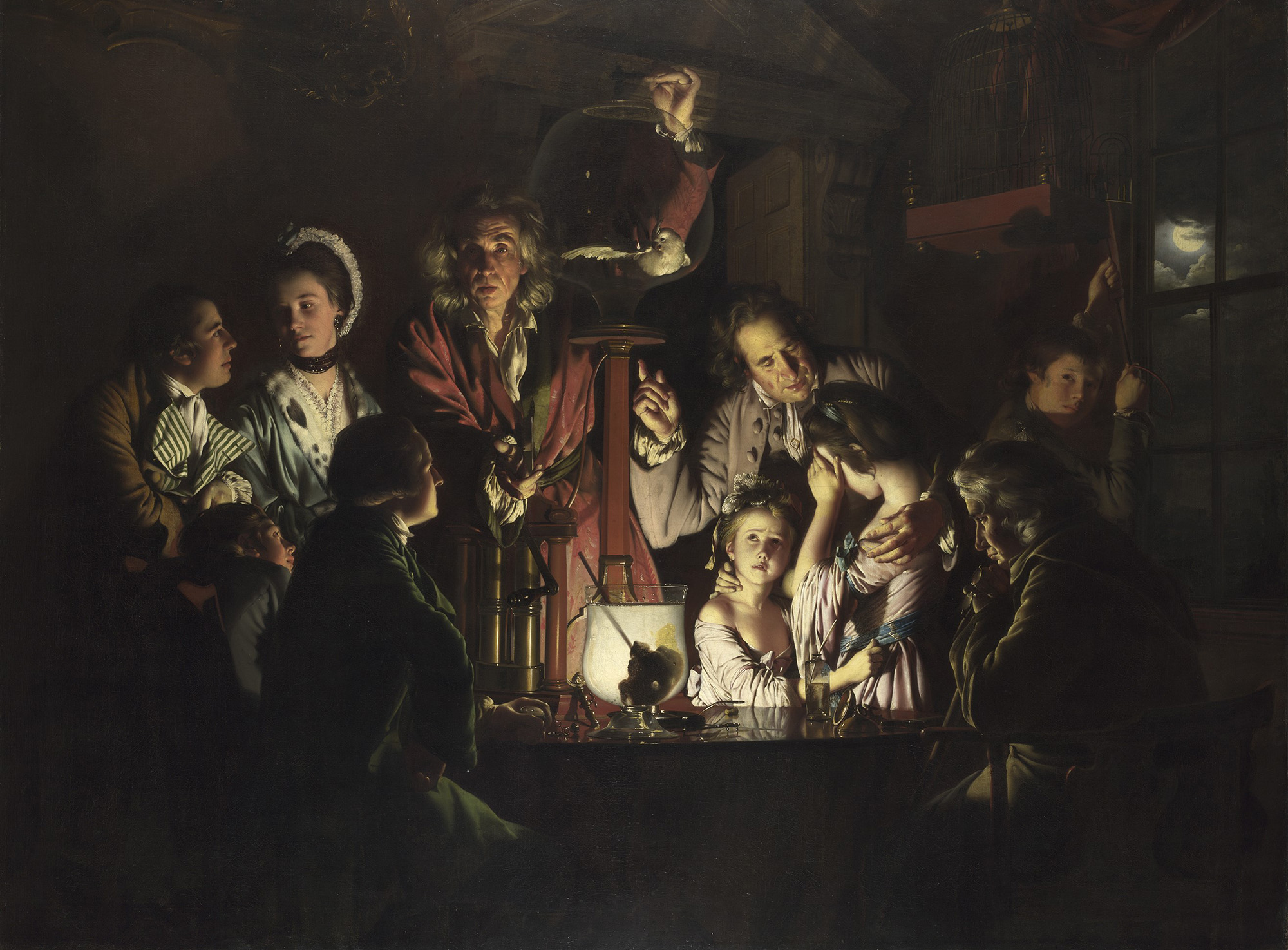
Joseph Wright of Derby (1734-1797), An Experiment on a Bird in the Air Pump, 1768. Oil on canvas. 183 x 244 cm. The National Gallery, London. Photo: © The National Gallery, London
From November, An Experiment on a Bird in the Air Pump will be joined by around 10 more of Wright’s celebrated candlelit scenes made between 1765 and 1773, as well as a number of other paintings and works on paper, for a show that examines how these bewitching nocturnal pictures explore themes of death, melancholy, morality and scepticism.
One standout loan is the enigmatic Three Persons Viewing the Gladiator by Candlelight, which is from a private collection but usually on view at the Walker Art Gallery in Liverpool. Another is A Philosopher Giving that Lecture on the Orrery in Which a Lamp Is Put in Place of the Sun, which captures the mood of Enlightenment Britain. It’s being lent by Derby Museum and Art Gallery — home to the largest single collection of the artist’s work — where the show travels to next.
Sign up for Going Once, a weekly newsletter delivering our top stories and art market insights to your inbox
Antonio Raphael Mengs (1728-1779)Museo del Prado, Madrid
25 November 2025 to 1 March 2026
Anton Raphael Mengs was once described by his friend, the German archaeologist Johann Winckelmann, as ‘the greatest artist of his day, reborn like the phoenix from the ashes of the first Raphael to teach the world the beauty of art’. Born in the Kingdom of Bohemia in 1728, he was appointed court artist to Augustus III, Elector of Saxony, at the age of just 17. By his thirties, he was a hugely successful portraitist and fresco painter in Rome, where his exposure to the art of antiquity shaped his pioneering vision for Neoclassicism. In 1761, he accepted an invitation from Charles III of Spain to relocate to Madrid, where he produced some of his finest work, including the banqueting hall ceiling of the city’s royal palace.
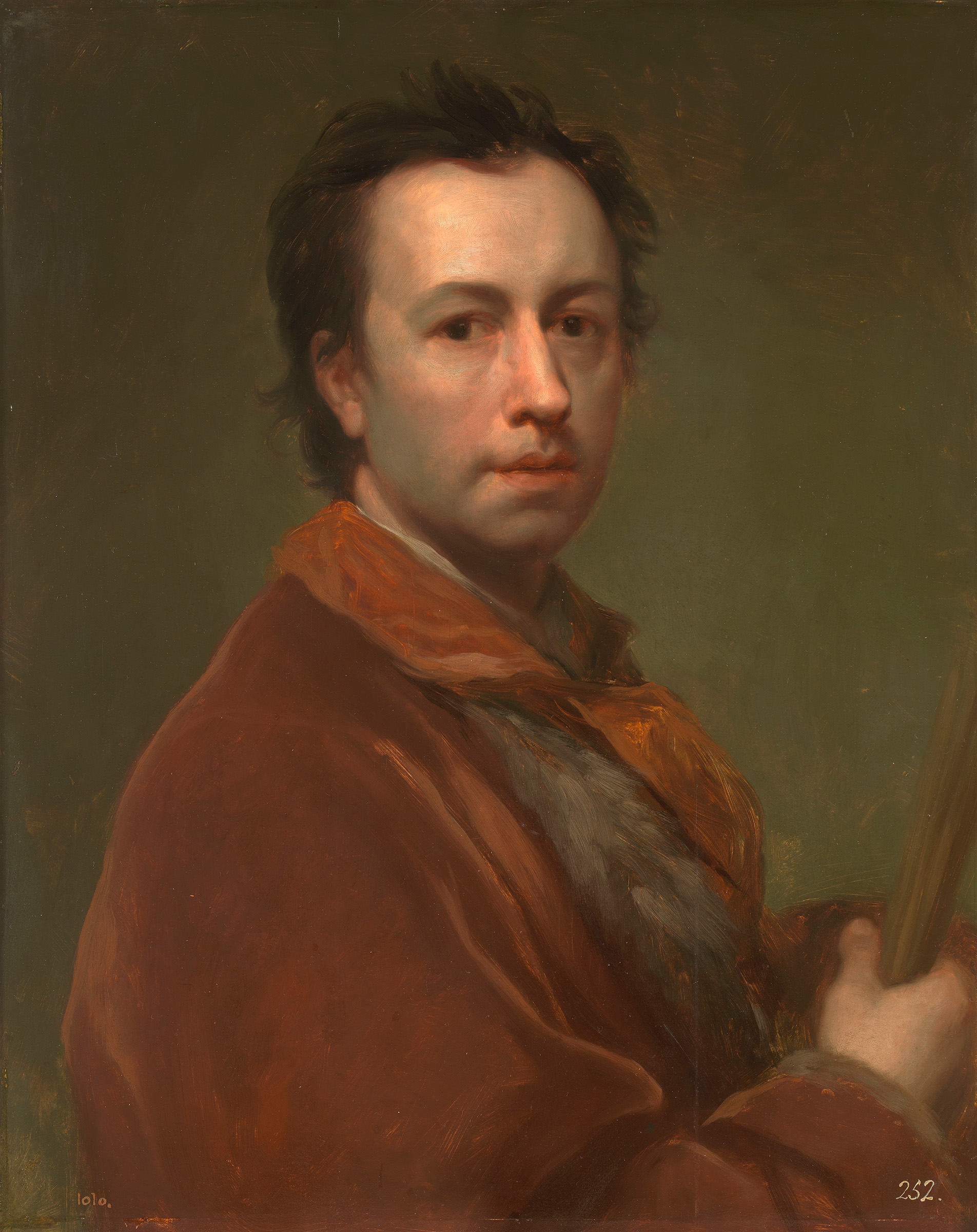
Anton Raphael Mengs (1728-1779), Self-portrait, 1761-69. Oil on panel. Museo Nacional del Prado, Madrid
But despite this illustrious career, following his death Mengs passed into a relative obscurity from which he is yet fully to return. Putting him back in the spotlight is Madrid’s Prado, which houses dozens of his royal portraits, several biblical scenes and a melancholic self-portrait. It is mounting the artist’s largest ever retrospective, which includes some 150 works, spanning oils, watercolours, drawings and pastels. The show promises to examine his art in relation to the work of those he admired, such as Raphael and Correggio, and his great rival, Pompeo Batoni.
Turner and Constable: Rivals and OriginalsTate Britain, London
27 November 2025 to 12 April 2026
Joseph Mallord William Turner and John Constable are perhaps the two most celebrated figures in the history of British art. They were also peers, born just 14 months apart: the former in 1775, the latter in 1776. A new exhibition — opening this year and closing in 2026 — is being held to celebrate the 250th anniversary of each man’s birth.
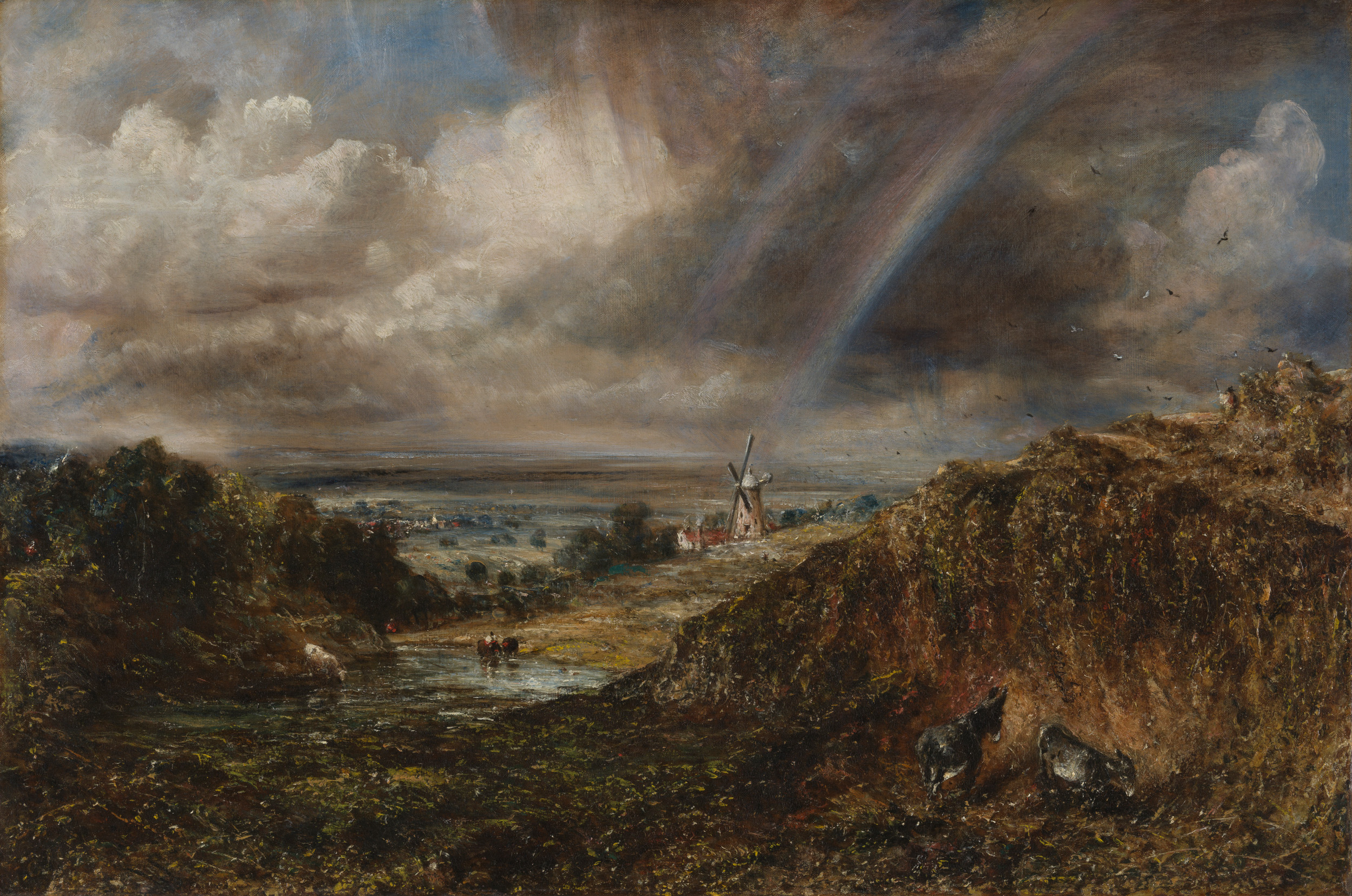
John Constable (1776-1837), Hampstead Heath with a Rainbow, 1836. Tate, London. Photo: Courtesy of Tate, London
Featuring 200 works, it will trace the progress of their careers in parallel, exploring the different ways in which they radically transformed the landscape genre (Turner, for example, travelling far and wide through Britain and Europe; Constable preferring to capture places close to home).
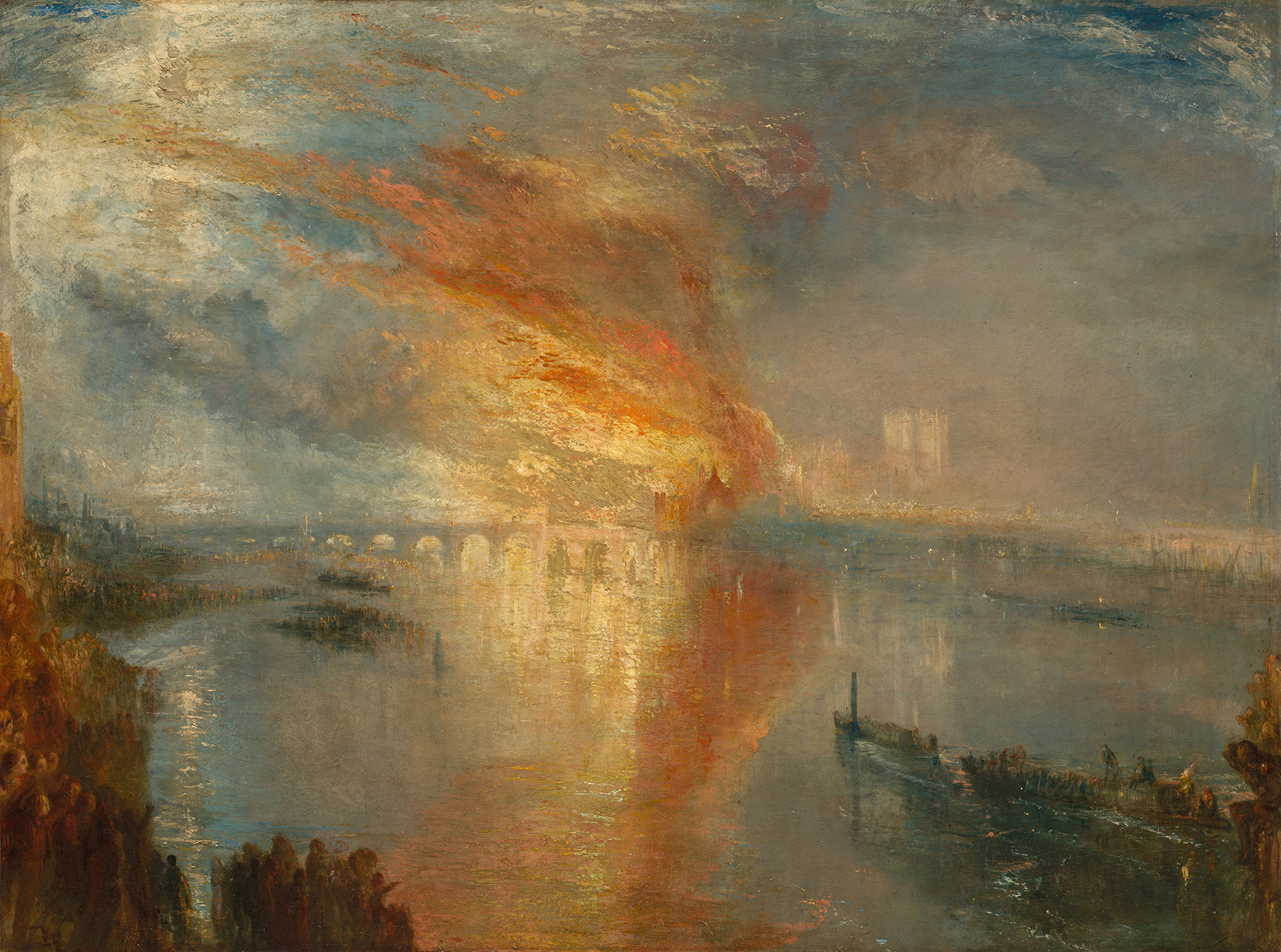
J.M.W. Turner (1775-1851), The Burning of the Houses of Lords and Commons, 16 October 1834, 1835. Cleveland Museum of Art. Bequest of John L. Severance 1942.647
The show will also examine the rivalry that developed between the pair — something encouraged, and to some extent exacerbated, by the press. The first major exhibition to explore their intertwined lives and legacies, it will include the standout loan of Turner’s The Burning of the Houses of Lords and Commons, 16 October 1834 from the Cleveland Museum of Art, a painting that has not been seen in Britain for more than a century.
Main image, clockwise from left: John Singer Sargent (1856-1925), Portrait de Mme ***, also known as Madame X, 1883-84, at the Musée d’Orsay, Paris. Photo: © The Metropolitan Museum of Art, Dist. GrandPalaisRmn / Art Resource. Fra Angelico (c. 1395-1455), The Annunciation, c. 1443 (detail), at the Palazzo Strozzi, Florence. Photo: courtesy Ministero della Cultura — Direzione regionale Musei nazionali Toscana — Museo di San Marco. Paul Klee (1879-1940), The Sealed Lady, 1930, at the Museo Nacional Thyssen-Bornemisza, Madrid. Museum Berggruen, Neue Nationalgalerie, Stiftung Preußischer Kulturbesitz, Berlin. Photo: © Jens Ziehe. Pierre-Auguste Renoir (1841-1919), The Boat, circa 1878, at The Belvedere, Vienna. Museum Langmatt, Stiftung Langmatt Sidney and Jenny Brown, Baden, Switzerland. Wayne Thiebaud (1920-2021), Three Machines, 1963, at The Courtauld Gallery, London. Fine Arts Museums of San Francisco. © Wayne Thiebaud/VAGA at ARS, NY and DACS, London 2025. Photo: Randy Dodson, courtesy of the Fine Arts Museums of San Francisco